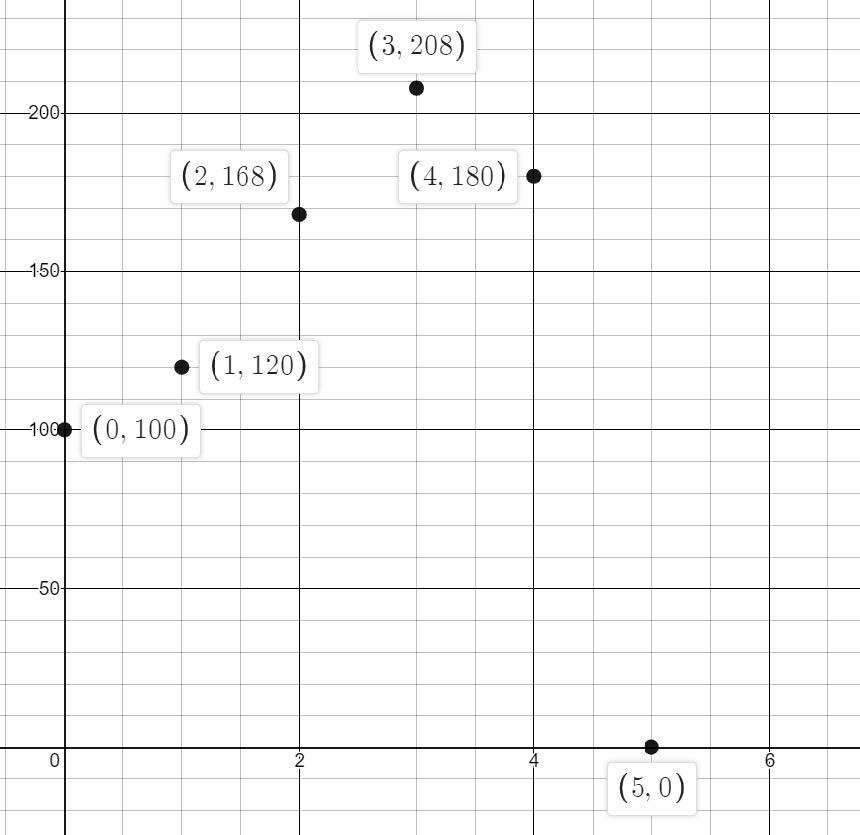You have learned a lot about polynomials. You know how to find their roots and their y-intercept. You can describe their end behavior and their concavity, and you can state the number of points of inflection of a given polynomial equation. You can also sketch the graph of a polynomial or use a graphing utility to create an exact curve. Finally, you have learned about the relative and absolute extrema of polynomial functions. But what can you do with all this information?
You can use your polynomial knowledge to create models to solve problems both inside and outside the mathematics classroom. It is important to remember that a model is just a representation of a situation using mathematical language. Here, you will be creating a polynomial function to represent some data.
A herd of elk are introduced into the ecosystem of a small island. The number of elk on the island was then recorded each year for five years. The data are shown in this table.

| Year | 0 | 1 | 2 | 3 | 4 | 5 |
| Population | 100 | 120 | 168 | 208 | 180 | 0 |
Create a polynomial equation to model this situation.
Read through the tabs below to learn how to use your knowledge of polynomial equations to model what happened to the elk population on the island.
Create a graph of your known data.
Plot the year as the independent variable and the number of elk on the island as the dependent variable.
Examine the graph. The number of elk increased, reached a maximum number, and then began to decrease.
It appears that a polynomial equation of some kind may be able to be used to fit this data.

Question
Can any degree polynomial be a model?
Yes—the degree of the polynomial is determined by the data provided (if they are given). Polynomials can be linear (degree of 1), quadratic (degree of 2), cubic (degree of 3), quartic (degree of 4), and even higher degrees.
Question
Are there limits to the algebraic models that are created to represent real-life situations?
Absolutely. The model in the elk situation is applicable only to positive numbers. Additionally, any non-integer values for a population would not make sense, since you cannot have a fraction of an elk. A model is not necessarily a perfect representation, but it does help you solve problems and answer questions when you do not have exact data.




